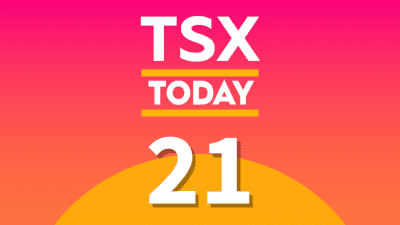Successful investing involves holding a diversified portfolio of stocks, staying the course, and making consistent contributions. All of this helps take advantage of compound interest, which Albert Einstein described as “the eighth wonder of the world.”
Still, for investors starting out with less money (think $1,000ish), investing can be daunting. Some stocks have high share prices that can be a barrier to entry for new investors. Trying to buy enough shares of different companies to stay diversified can be difficult.
This can be discouraging, but fear not! There is a solution if you’re strapped for cash. With this alternative, even the smallest of investment portfolios can grow strongly.
ETFs are the solution
Thanks to exchange-traded funds (ETFs), investors no longer need vast sums of money to buy dozens of individual stocks. ETFs can hold a basket of up to thousands of various stocks. Some ETFs are basically all-in-one stock portfolios that are managed on your behalf by a professional. They trade on exchanges like any other stock with their own ticker symbol.
This approach is capital efficient. For instance, an ETF might trade at a price of $20 per share yet hold over 1,000 stocks in it. With your $1,000, you can now buy 50 shares of that ETF and gain proportional exposure to all of its underlying companies. This way, you become diversified without needing to buy 1,000 different stocks!
Index ETFs are ideal
ETFs do have a cost, though — the management expense ratio (MER). This is a percentage fee deducted from your investment on an annual basis. For example, an ETF that charges a 0.05% MER would cost an annual fee of 0.05 * $1,000 = $5 on your $1,000 investment.
Keeping this as low as possible is ideal. In general, the ETFs with the lowest MERs are index funds. These are passively managed investments that track an existing stock market index, like the S&P 500. With index funds, fees are low since the fund manager isn’t actively trying to pick stocks, so fund turnover remains at a minimum.
I like the S&P/TSX 60 Index. This index tracks 60 blue-chip, large-cap stocks listed on the TSX. Buying the S&P/TSX 60 is a great way to track the long-term performance of the Canadian stock market while gaining access to a portfolio of dividend stocks.
Why the S&P/TSX 60?
From 2000 to date, the S&P/TSX 60 has returned a compound average growth rate (CAGR) of 6.59% with dividends reinvested. This is a respectable return that could turn your initial $1,000 deposit into six-figures over two decades with modest contributions. Let’s use a real-life example to see this in action.
Imagine you started investing in 2000 as a broke 18-year-old student with just $1,000 to your name. You invest it all in an index fund tracking the S&P/TSX 60. Every month thereafter, you scrounge up $100 and invest it promptly in a disciplined and consistent manner.
After holding the ETF for 22 years, consistently putting in $100 every month, reinvesting all dividends, and never panic selling during crashes (even through the Dot-Com Bubble and the 2008 Great Financial Crisis), you would end up with $126,353.

If you started with more than $1,000, held longer, or contributed more than $100 monthly, your returns would have been even better. With this strategy, maximizing your contribution rate and staying invested is key. Don’t try and time the market!
Do you want to implement this passive, hands-off investing strategy? A great ETF to use is iShares S&P/TSX 60 Index ETF, which has a low MER of just 0.20%. XIU trades at around $30 per share right now, making it accessible to investors with a smaller portfolio.










